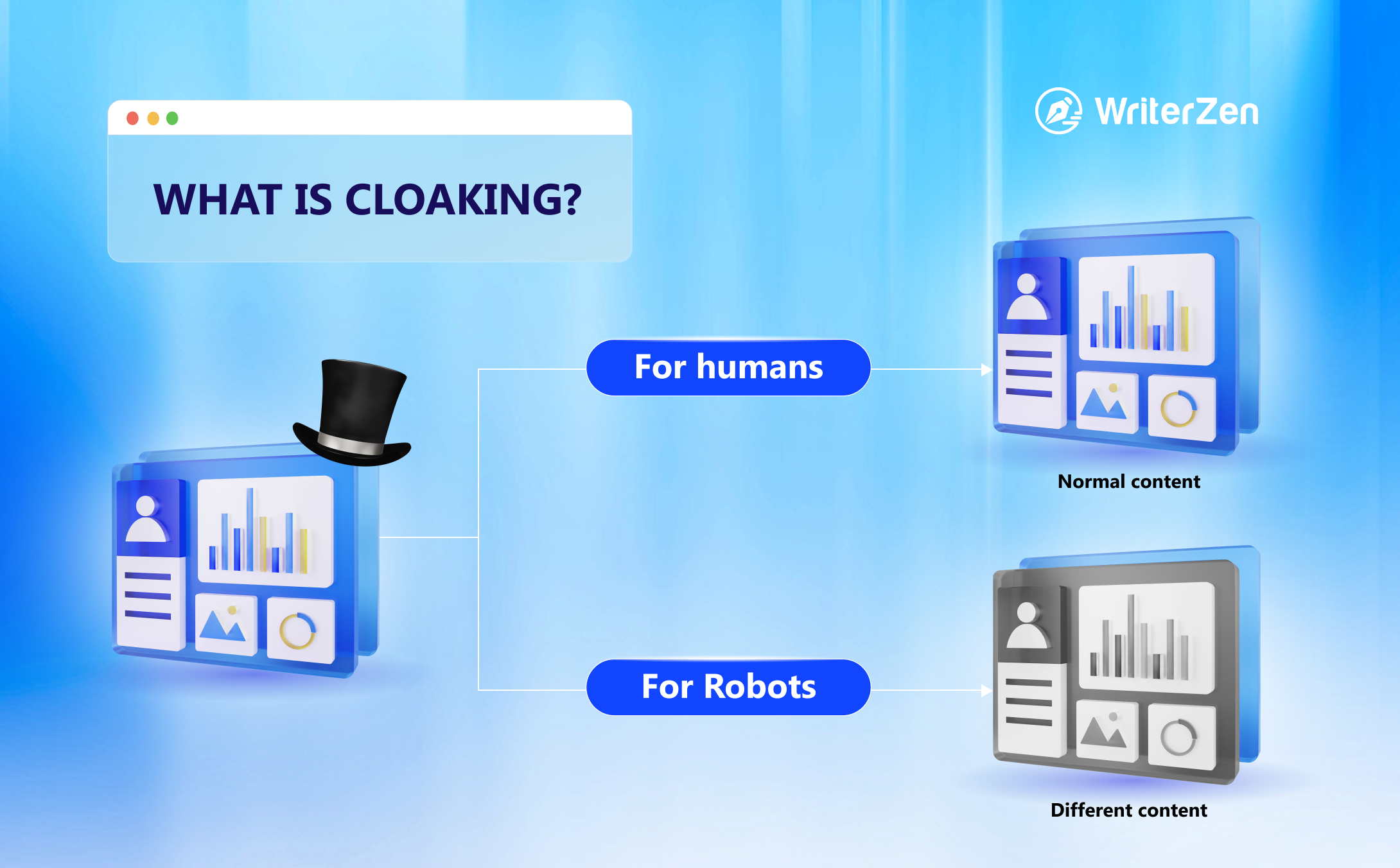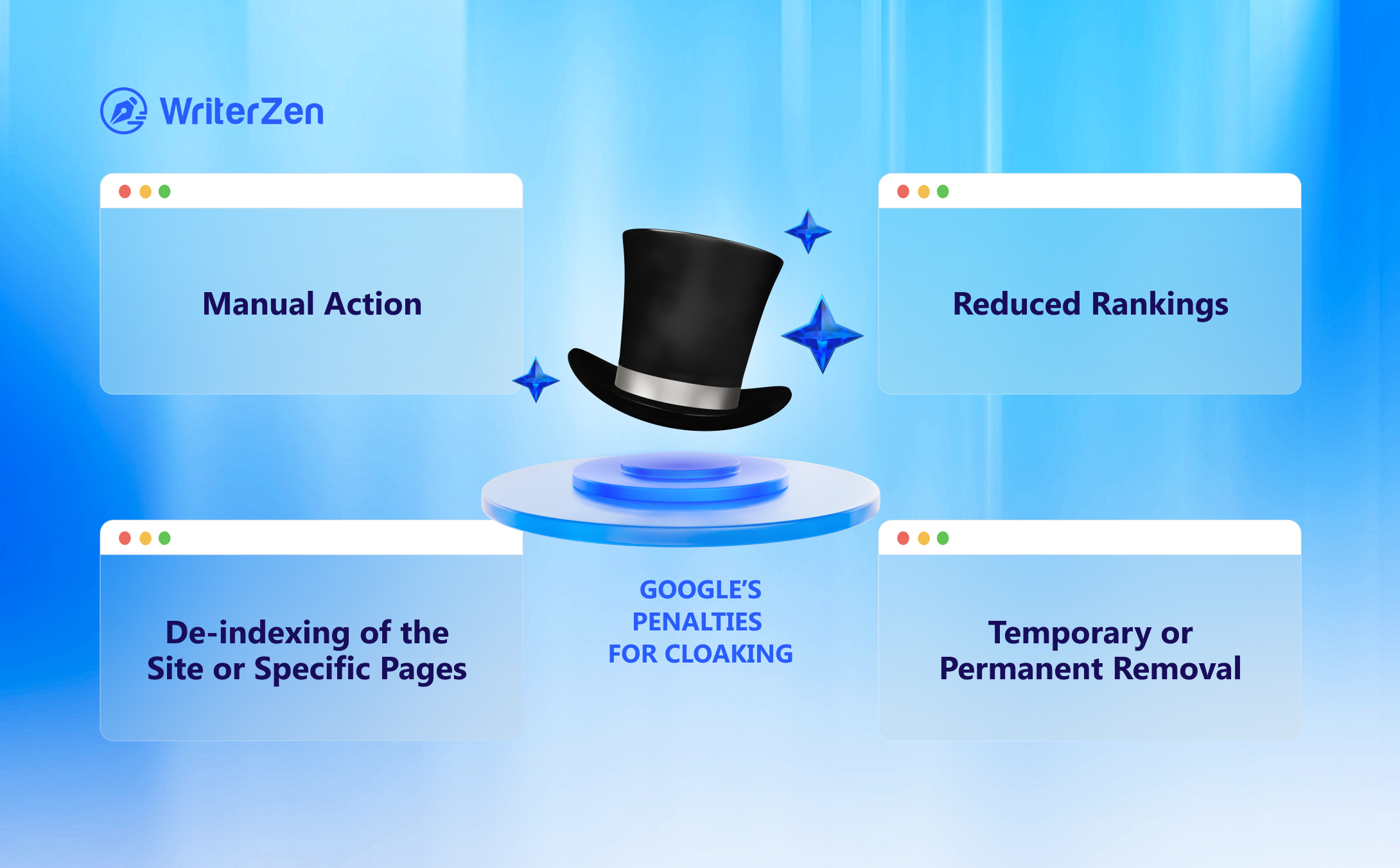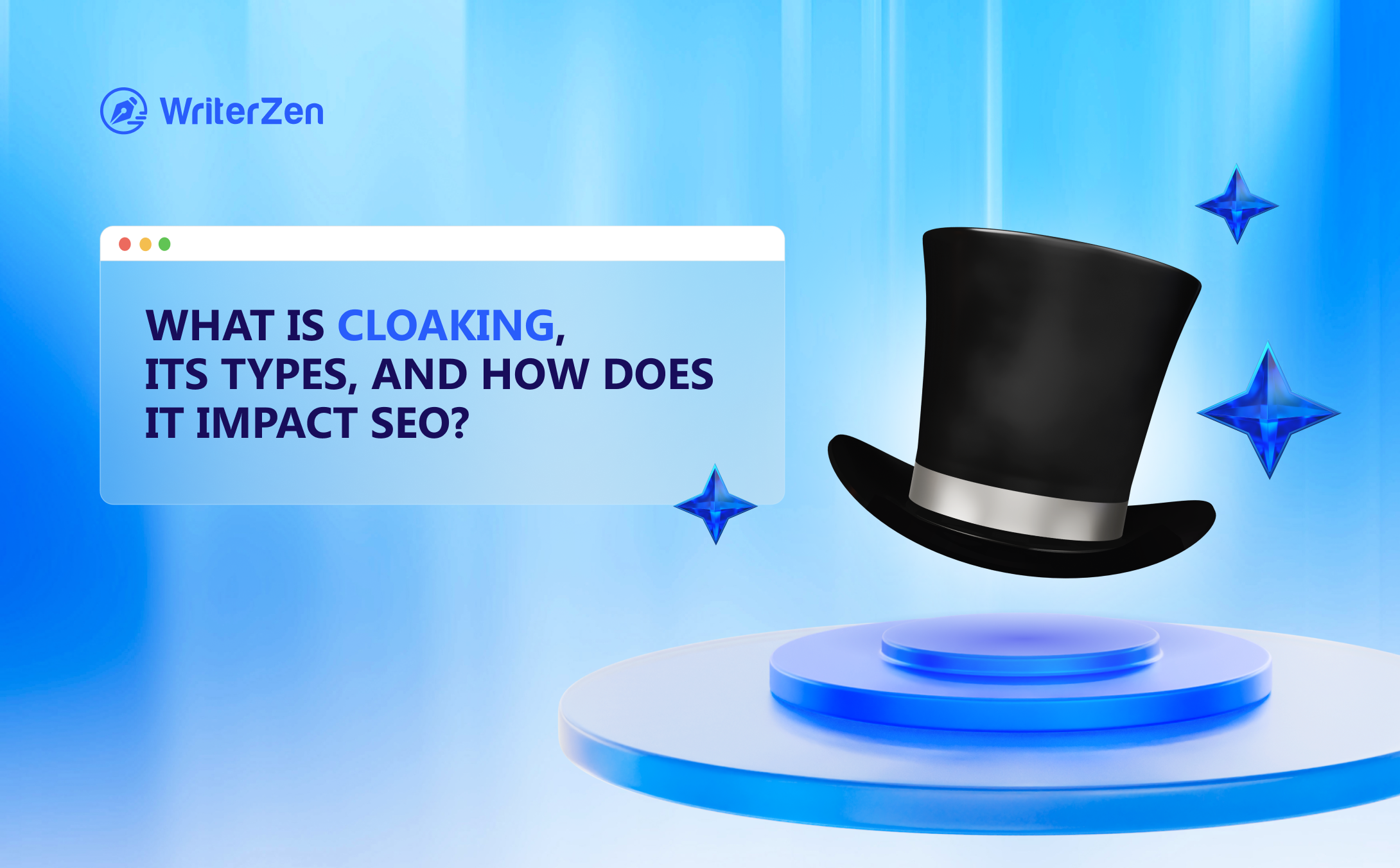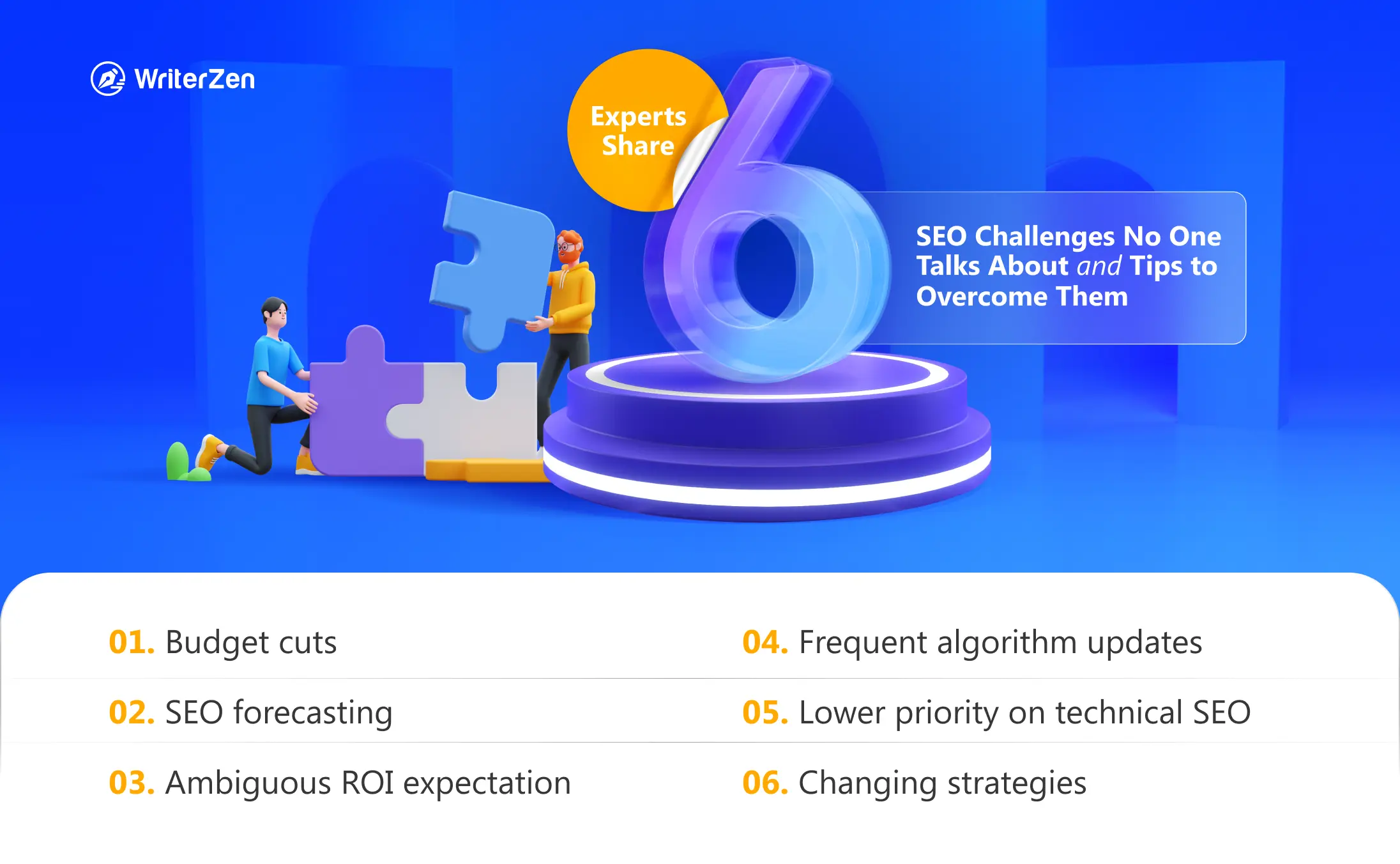Are you wondering whether or not to use cloaking in your SEO? Learn more about cloaking and its benefits and risks from this blog.
What Is Cloaking?
Cloaking is a search engine optimization technique where the content shown to search engine crawlers is different from what the users see.

Cloaking can be used to manipulate search engine rankings and can be seen as a form of search engine spam.
Types of Cloaking
IP-Based Cloaking
IP-based cloaking is a type of technology that allows users to mask their IP address and appear to be accessing the internet from a different location. To accomplish this, users can employ technologies such as a virtual private network (VPN), a proxy server, or a Tor browser.
Examples of IP-based cloaking include using a VPN to enter a website from a different country or using a proxy server to get access to a website from a different IP address.
User-Agent Cloaking
User-agent cloaking is a technique that web developers use to alter how a website appears to a user based on their browser. This is done by detecting the user's browser and then serving up a different version of the website that is optimized for that browser.
For example, a website may appear differently to a user using Chrome than to a user using Firefox.
JavaScript Cloaking
JavaScript cloaking is a technique used to hide a website's source code from search engine crawlers, using JavaScript to serve different versions of a website's content to search engine crawlers and human visitors.
In detail, users with JavaScript-enabled browsers can see a different website version when searching on search engines.
HTTP_REFERER Cloaking
HTTP_REFERER cloaking is a technique used to hide the source of a website visitor by modifying the HTTP_REFERER header. This allows a website to appear to be coming from a different source than it is.
Examples of HTTP_REFERER cloaking include masking the referrer URL to appear as if it is coming from a different website or using a referrer URL that does not exist.
HTTP Accept-language Header Cloaking
HTTP Accept-language header cloaking is a technique used to manipulate the language of a website based on the language preferences of a user's web browser. This technique presents different website versions to different users based on their language preferences.
For example, a website may present a French version of its content to a French-speaking user while presenting an English version to an English-speaking user.
Risks of Using Cloaking
Can Get Penalties from Search Engine
Search engines are constantly monitoring websites for any suspicious activity, and if they find any evidence of black hat SEO, they will take swift action to penalize the website.
Using cloaking can be considered a black hat SEO technique violating Google's Webmaster Guidelines, which results in penalties from search engines. Such penalties can range from being removed from SERPs to receiving a permanent ban which is irrecoverable.

Can Lead to User Frustration
Cloaking can lead to a negative user experience, which can damage a website's reputation. When a website uses cloaking, it can result in displaying irrelevant or different content to users, which can frustrate and confuse them. Users may leave the website immediately, leading to a high bounce rate, which can harm the website's credibility.
Search engines like Google prioritize user experience, so if users react negatively to a website's content consistently, it can affect the website's search rankings and visibility.
How to Avoid Cloaking in SEO
To avoid cloaking in SEO, it is important to check how your site appears to both users and search engines.
There are some free tools available to help you do this, such as Google Search Console and Bing Webmaster Tools. These tools will help you identify any discrepancies between how your site is being presented to users and search engines and can help you make sure your website is properly indexed.
Moreover, it is also possible to check cloaking through URLs. There are free online tools like DupliChecker and SiteChecker that automatically analyze the website's URLs using popular search engines to detect inconsistencies or redirects related to cloaking.
They also display a detailed report of any suspicious activity detected, which website owners can utilize to prevent negative impacts on their website's rankings and user experience.
Final Thoughts
In summary, using cloaking to show different content to search engines than to users can have serious consequences, including heavy penalties and removal from search engine results.
It is essential that website owners are aware of the risks involved in this practice and only use ethical SEO techniques that comply with search engine guidelines. Maintaining transparency and providing high-quality content for both search engine crawlers and users is crucial for building a strong online presence and avoiding any harm to your website's reputation.















